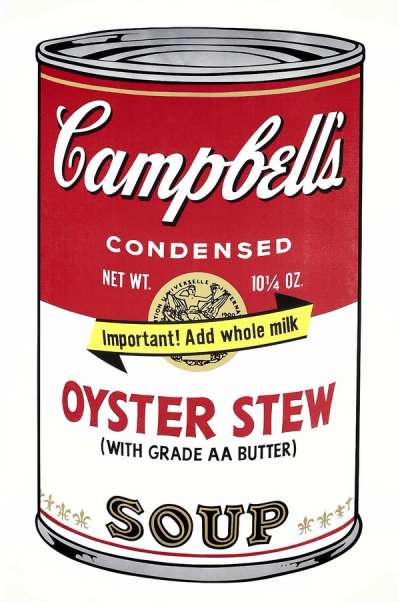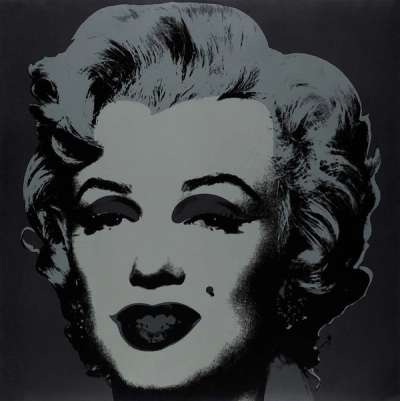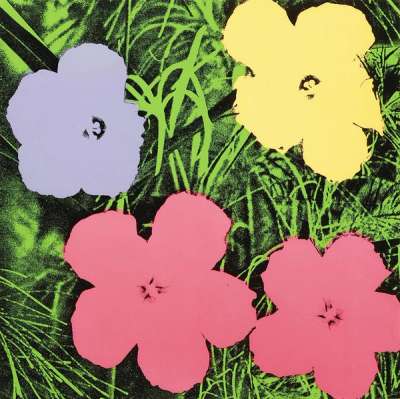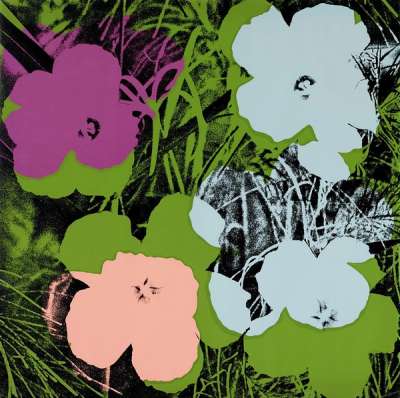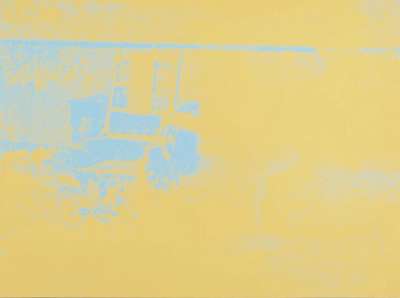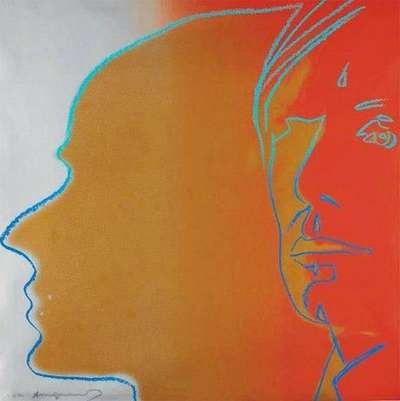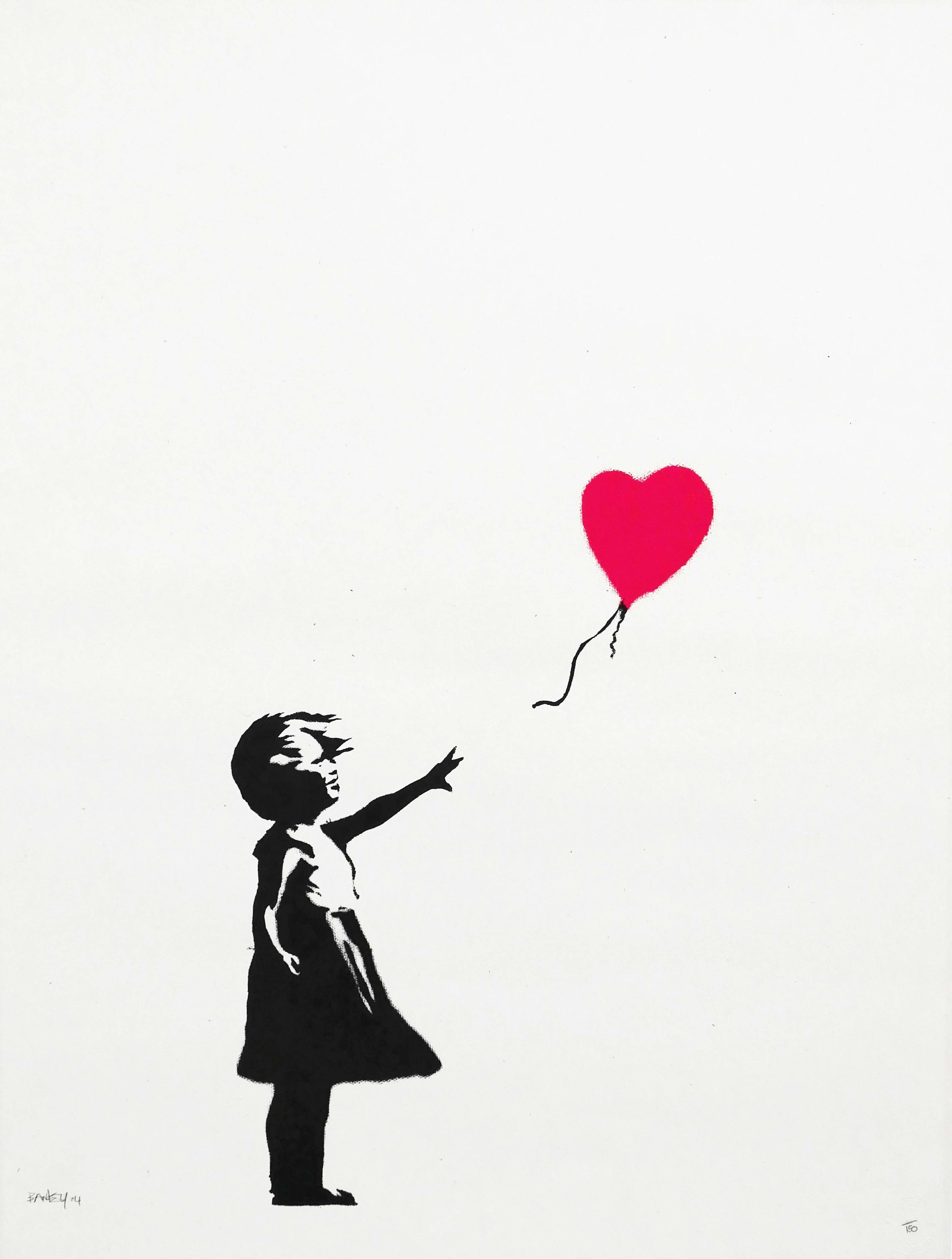Out Now: The Latest Volume of the Andy Warhol Catalogue Raisonné

 The Shadow (unique) © Andy Warhol 1981
The Shadow (unique) © Andy Warhol 1981Market Reports
After the Andy Warhol Foundation released a new volume of the Andy Warhol Catalogue Raisonné, Richard Polsky delves into the multifaceted world of Warhol’s later works, capturing the essence of his prolific years from 1977-1980. This latest addition to the catalogue, Volume 6, documents significant series such as the Shadows, Reversals, and the VIP Ticket - Studio 54 canvases, alongside revisitations of earlier themes like the Photobooth and Mum Voyeur self-portraits.
The release of a new volume of the Andy Warhol Catalogue Raisonné is always cause for celebration. The current two-book set (Volume 6) covers the years 1977-1980. It illustrates some of Warhol’s larger series including the Shadows and Reversals, along with the late Mona Lisas and the VIP Ticket – Studio 54 canvases. As usual, there are surprises such as the revelation that Warhol briefly revisited two of his Self-Portrait series during the 1970s (Photobooth and Mum Voyeur), along with his Flowers series (22” x 22” and 72” x 72”). There’s also a tiny obscure group of pictures called Punk Marilyns.
Among other curiosities, the Catalogue notes the connection between Warhol’s Shadows canvases and The Shadow print (which is really a self-portrait) from the Myths series. Andy also produced five different Shadows print portfolios - which remain among the least known Warhol prints. Given the steady market for the Shadows paintings, and the small edition sizes of the prints (some are unique), there appears to be an opportunity for financial appreciation. As for the Reversals, they include a number of Cows, which recall the sought-after four different Cow wallpaper prints. Finally, Volume 6 illustrates another lesser-known series, the Gems. And once again, Warhol chose to accompany the paintings with a Gems portfolio consisting of four different prints. Just like the Shadows, these prints have been largely overlooked by the market.
This long-running Catalogue Raisonné production is far from over. Eventually, it will cover the ensuing years through 1987 (the year of Warhol’s death). There’s already talk that upon the completion of the Catalogue, the editors are planning an addendum to update information and include any paintings they may have left out. A drawings catalogue raisonné is also under discussion.
The publication of the early volumes of the Andy Warhol Catalogue Raisonné proved to be a godsend for Warhol enthusiasts, curators, critics, scholars — and print collectors. Given his vast production, due to his photosilkscreen technique, the books confirmed how prolific Andy really was. The initials volumes covered the classic paintings from the 1960s, including the Marilyns, Flowers, Soup Cans, and Electric Chairs — all of which were turned into major print portfolios.
If you are a Warhol print collector, studying the painting catalogue raisonné brings a host of benefits. Most significantly, it allows you to study the roots of each print series, which were based on paintings of the same subject. Andy was able to evaluate the paintings and discover what worked and what didn’t before turning them into graphics. By the time he produced a set of his limited edition silkscreens, you might say he arrived at the optimum solution for their production.
Marilyn Monroe
Let’s start with the Marilyns. While this is subjective, if you examine the Marilyn paintings - most of which measure 20” x 16” and 40” x 40” - you can see how Andy hit on the perfect size for the prints (36” x 36”). The Marilyn serigraphs feel right aesthetically; not too big, not too small. Yet, Warhol was able to keep things fresh by amping up the colour. The Marilyn prints are punchier and hit harder than the paintings.
Campbell's Soup
With both sets of Campbell’s Soup prints, Warhol once again had the benefit of trying things out first with the paintings. The prints probably come closest to capturing Andy’s original concept of turning the Campbell’s Soup image into something mundane. They feel more detached than any print series and comes closest to Andy’s philosophy of turning himself into a machine.
Flowers
If you examine the many Flowers paintings in the Catalogue Raisonné, you will discover how specific they are in terms of colour. The Flowers print series takes greater risks. Here, Andy is freer and experiments with highly exuberant colour combinations. A wall displaying the entire portfolio of ten Flowers prints not only becomes a feast for the eyes, but an immersion into the psychedelic vibe of the times.
Electric Chair
The Electric Chair paintings depict a highly disturbing image from his Death and Disaster series. They reproduce the electric chair, from Sing Sing prison, that was used to put to death the Americans Ethel and Julius Rosenberg who had been convicted of treason. When the paintings were exhibited, collectors turned a cold shoulder, unwilling to hang something so macabre in their living rooms. Yet, the print versions somehow feel decorative; these are works you can live with.
By studying the Andy Warhol Catalogue Raisonné, print collectors can glean all sorts of information. Each volume goes into great depth about the origins of each body of work. For instance, Volume 1, which contains the Marilyns, covers the origin of the photo Warhol chose for the images. It also includes details on how they were fabricated. The catalogue further comments on how the paintings were first shown at the Stable Gallery — Warhol’s first show in New York. There’s even a section devoted to arguably Warhol’s greatest painting, Gold Marilyn. By tracing the development of the painting series, owners of the Marilyn prints can gain a greater appreciation of what they own.
Part of the reason why people collect art is to surround themselves with beauty. But they also want to buy art that means something to them. When it comes to Warhol paintings and prints, there seems to be a third layer to the experience. As everyone knows, Warhol possessed an uncanny ability to capture the zeitgeist. Andy was “Exhibit A” for the belief that great art should reflect its times. His obsession with celebrity and consumer culture pointed the way to our future preoccupations. When you live with one of his prints, from an important series, you’re able to channel what Andy saw.










